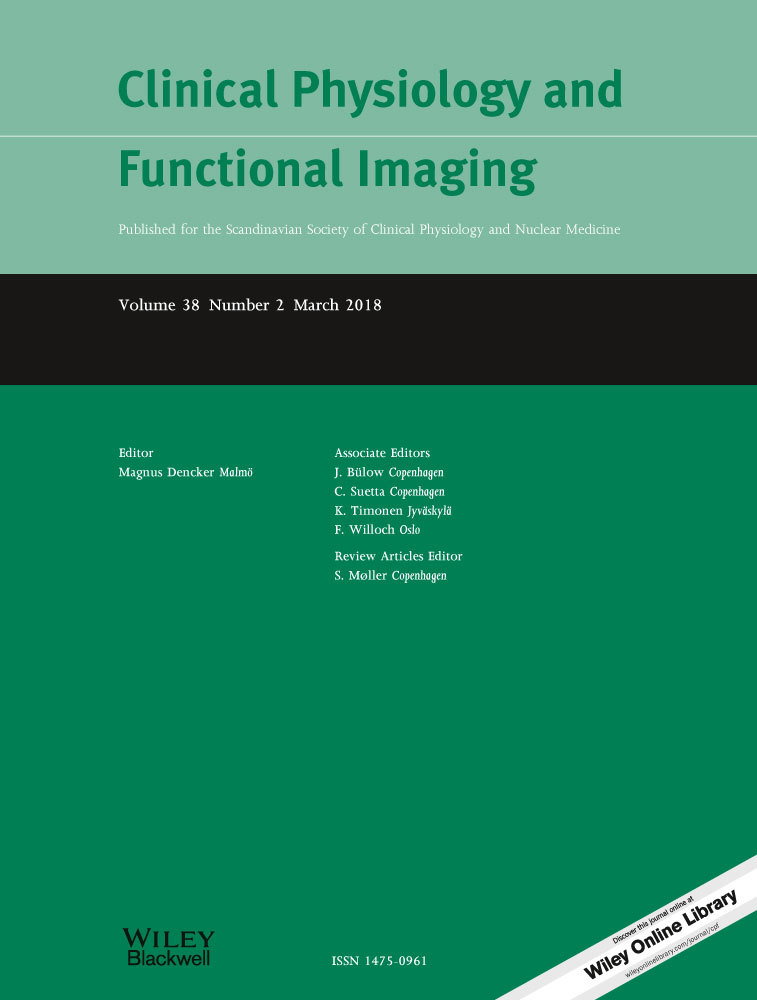Oesophageal Doppler guided optimization of cardiac output does not increase visceral microvascular blood flow in healthy volunteers
Summary
Background
Oesophageal Doppler monitoring (ODM) is used clinically to optimize cardiac output (CO) and guide fluid therapy. Despite limited experimental evidence, it is assumed that increasing CO increases visceral microvascular blood flow (MBF). We used contrast-enhanced ultrasound (CEUS) to assess whether ODM-guided optimization of CO altered MBF.
Methods
Sixteen healthy male volunteers (62 ± 3·4 years) were studied. Baseline measurements of CO were recorded via ODM. Hepatic and renal MBF was assessed via CEUS. Saline 0·9% was administered to optimize CO according to a standard protocol and repeat CEUS performed. Time–intensity curves were constructed, allowing organ perfusion calculation via time to 5% perfusion (TT5). MBF was assessed via organ perfusion rise time (RT) (5–95%).
Results
CO increased (4535 ± 241 ml/min versus 5442 ± 329 ml/min, P<0·0001) following fluid administration, whilst time to renal (22·48 ± 1·19 s versus 20·79 ± 1·31 s; P = 0·03), but not hepatic (28·13 ± 4·48 s versus 26·83 ± 1·53 s; P = 0·15) perfusion decreased. Time to renal perfusion was related to CO (renal: r = −0·43, P = 0·01). Hepatic nor renal RT altered following fluid administration (renal: 9·03 ± 0·86 versus 8·93 ± 0·85 s P = 0·86; hepatic: 27·86 ± 1·60 s versus 30·71 ± 2·19 s, P = 0·13). No relationship was observed between changes in CO and MBF in either organ (renal: r = −0·17, P = 0·54; hepatic: r = −0·07, P = 0·80).
Conclusions
ODM-optimized CO reduces time to renal perfusion but does not alter renal or hepatic MBF. A lack of relationship between microvascular visceral perfusion and CO following ODM-guided optimization may explain the absence of improved clinical outcome with ODM monitoring.




